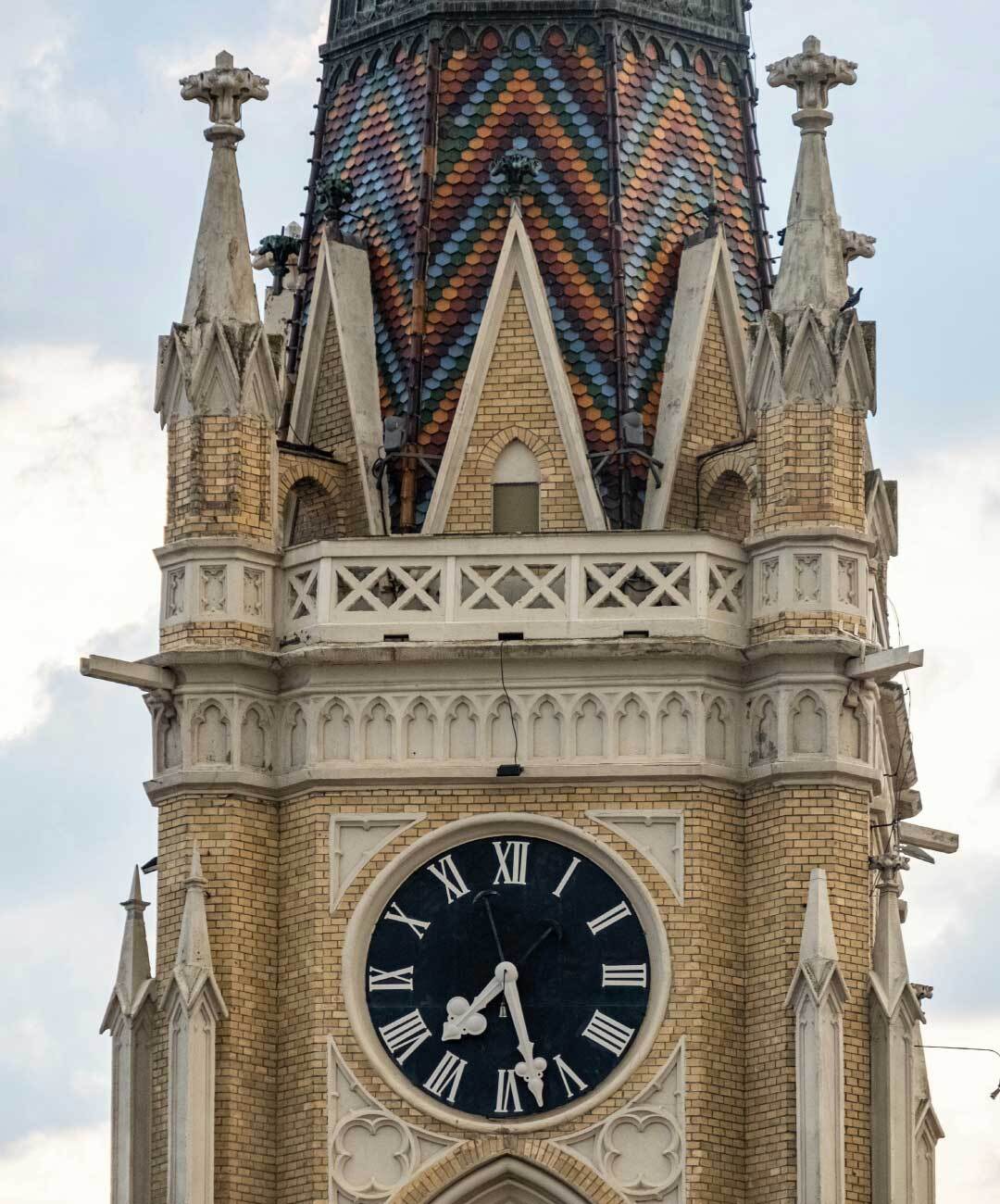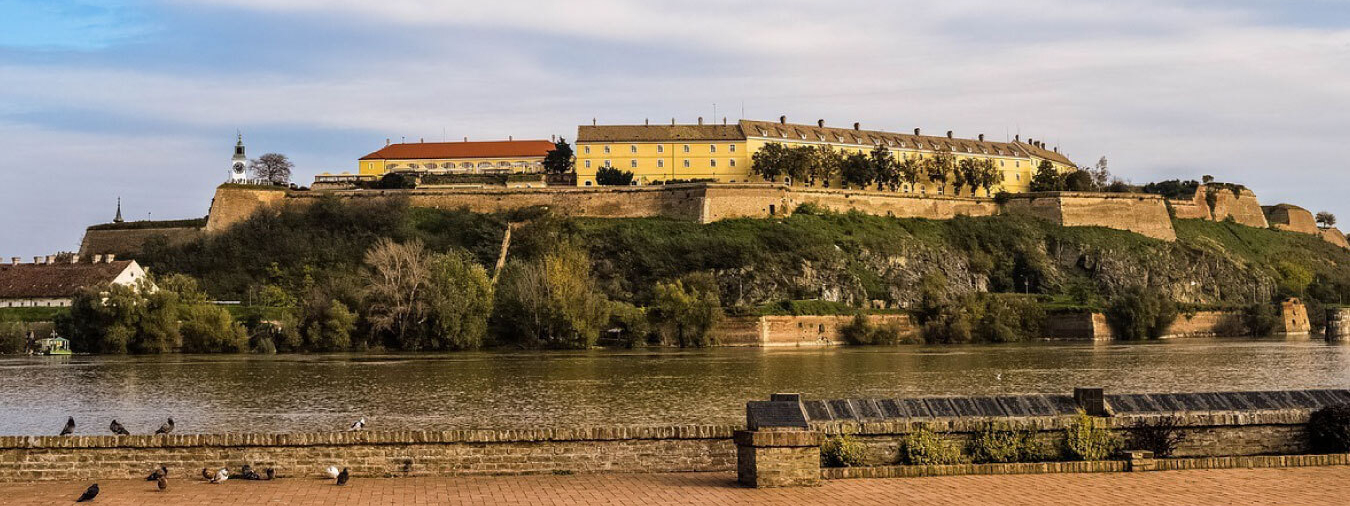Fourity in the IT Center of Serbia
Novi Sad is considered to be Serbia’s IT center. Our work etiquette and customs are connected to where we are from, our culture, and our social history. The tradition of constant development obliges us to be the best version of ourselves. Novi Sad is Vojvodina’s cultural, economic, administrative, and political center.
It is the capital city of the Autonomous Province of Vojvodina and the second-largest city in Serbia. The Danube River forms the boundary between Bačka and Srem, as well as between Novi Sad and Petrovaradin. Novi Sad is connected to some of the most important European capitals by road and river. While Petrovaradin is hilly, the city itself is part of the Pannonian Plain. Fruška Gora is nearby.

Novi Sad and its surrounding areas have around 400,000 inhabitants. Serbs are the majority, but there are also Hungarians, Slovaks, Croatians, Montenegrins, and others. Most of the inhabitants are Orthodox Christians, but Catholics, Muslims, Protestants, and others also form a religious landscape of the area.
Human settlements in the Novi Sad area can be traced back to 4500 BC. The city was officially established in 1694. After becoming a Free City of the Habsburg Empire, its expansion began. During the Revolution, the Hungarian army destroyed most of the city. After World War I, Novi Sad and Vojvodina became part of the Kingdom of Serbia, and then the Kingdom of Serbs, Croats, and Slovenes. During World War II, many inhabitants were killed, but after the war, Novi Sad became part of Socialist Yugoslavia. Shortly after, Novi Sad was named the capital of Vojvodina. Quick industrialization led to a population boom. Although the city was bombed by the NATO alliance, destroying all bridges over the Danube, it has continued to thrive.
Many important people were born or once lived in Novi Sad, such as philologist Đura Daničić, writer Đura Jakšić, poet Jovan Jovanović Zmaj, lawyer Svetozar Miletić, poet Lazar Kostić, pedagogue Đorđe Natošević, writer Kosta Trifković, and linguist Vuk Karadžić, among others. Due to its cultural influence, Novi Sad was named the European Capital of Culture for 2022. Residents and visitors can often enjoy concerts, street performances, and various events.
The nickname “Serbian Athens” reflects Novi Sad’s cultural importance. Serbian most important scientific and cultural institution, the Matica srpska, is located here, as well as the oldest Serbian theatre, the Serbian National Theatre. Also in the city are the Museum of Vojvodina, the Gallery of Matica srpska, and many libraries, theaters, galleries, cinemas, pools, and archives.

The city features numerous monuments, parks, and boulevards. Notable sites include Banovina Palace, the Bishop’s castle, and several churches, with the highest in Bačka being the Church of the Immaculate Virgin Mary. Other attractions include the Petrovaradin Fortress, city gates, the riverside quay, and the famous Štrand beach. Fruška Gora and nearby Sremski Karlovci, with their cultural and historical heritage, also draw visitors. The synagogue in the city center is one of the most beautiful buildings in Novi Sad.
Small and medium enterprises dominate the local economy. The Oil refinery is one of the most significant companies in the area. Novi Sad is home to many banks. DDOR Novi Sad, the second-largest insurance company in Serbia. The Oil Industry of Serbia (NIS) is headquartered in Novi Sad. The largest agricultural fair in the region is held at the Novi Sad Fair.
Being in a rapidly evolving region, driven by innovative ideas, obliges us to keep pace with change. Life in Novi Sad offers many benefits, inspiring us to excel. There is something for everyone, just like our diverse range of services.
